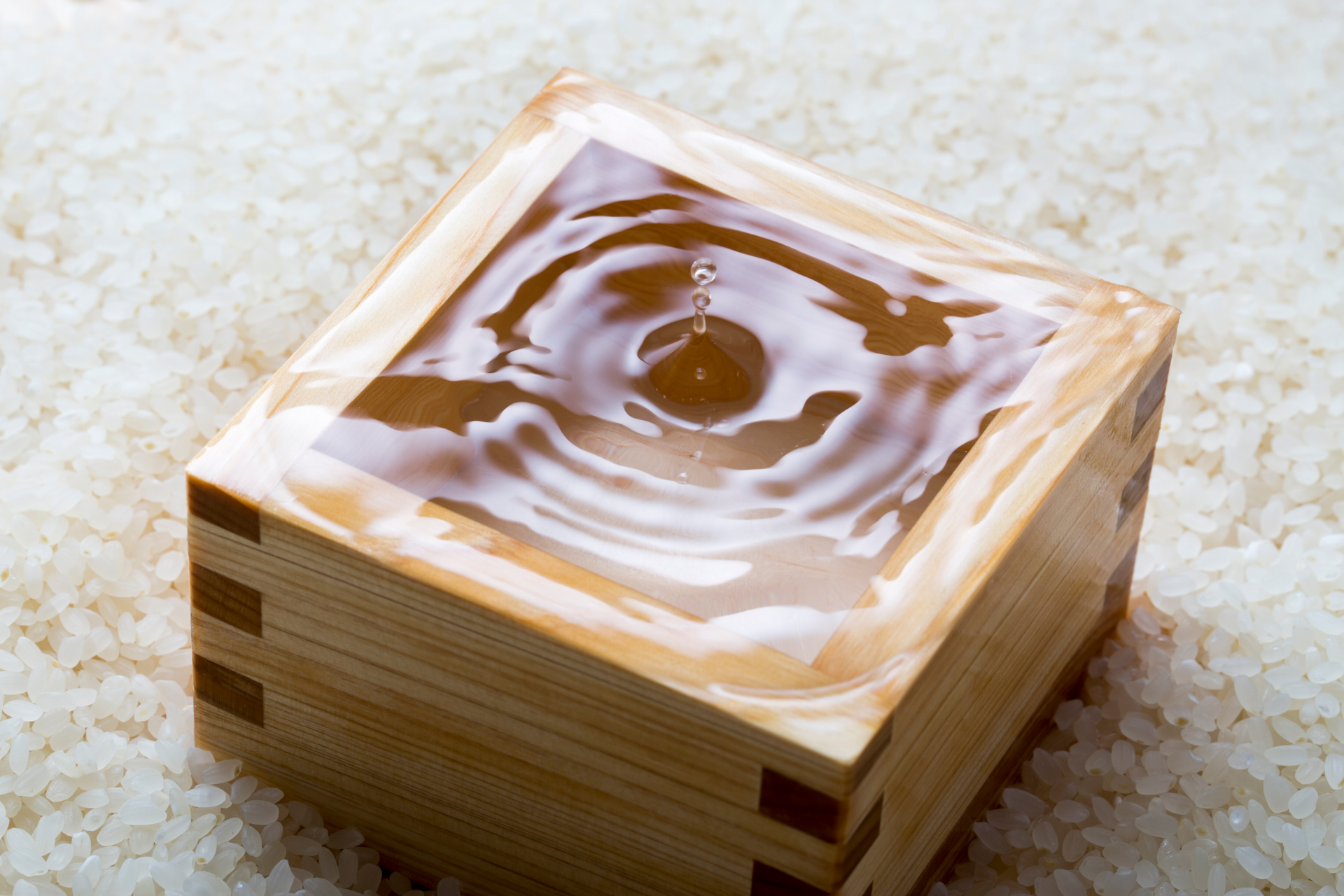Shizuku Sake Guide
Table of Contents
Is “shizuku” the ultimate type of sake? It’s easily one of the most elegant and stunning styles. But it’s also expensive and hard to find.
So what’s the deal with this phantom sake, and is it worth tracking down?
This article breaks down this rare sake style in detail. You’ll learn what it is, how it’s made, what it tastes like and more. Plus, you’ll discover some of the famous shizuku sake brands Tippsy carries.
Let’s start with the basics.
What is shizuku sake?
Shizuku is a premium substyle of sake made by hanging “moromi” (unpressed sake) in bags. The term “shizuku” means “drops” because only the sake that drips freely from the bags is collected.
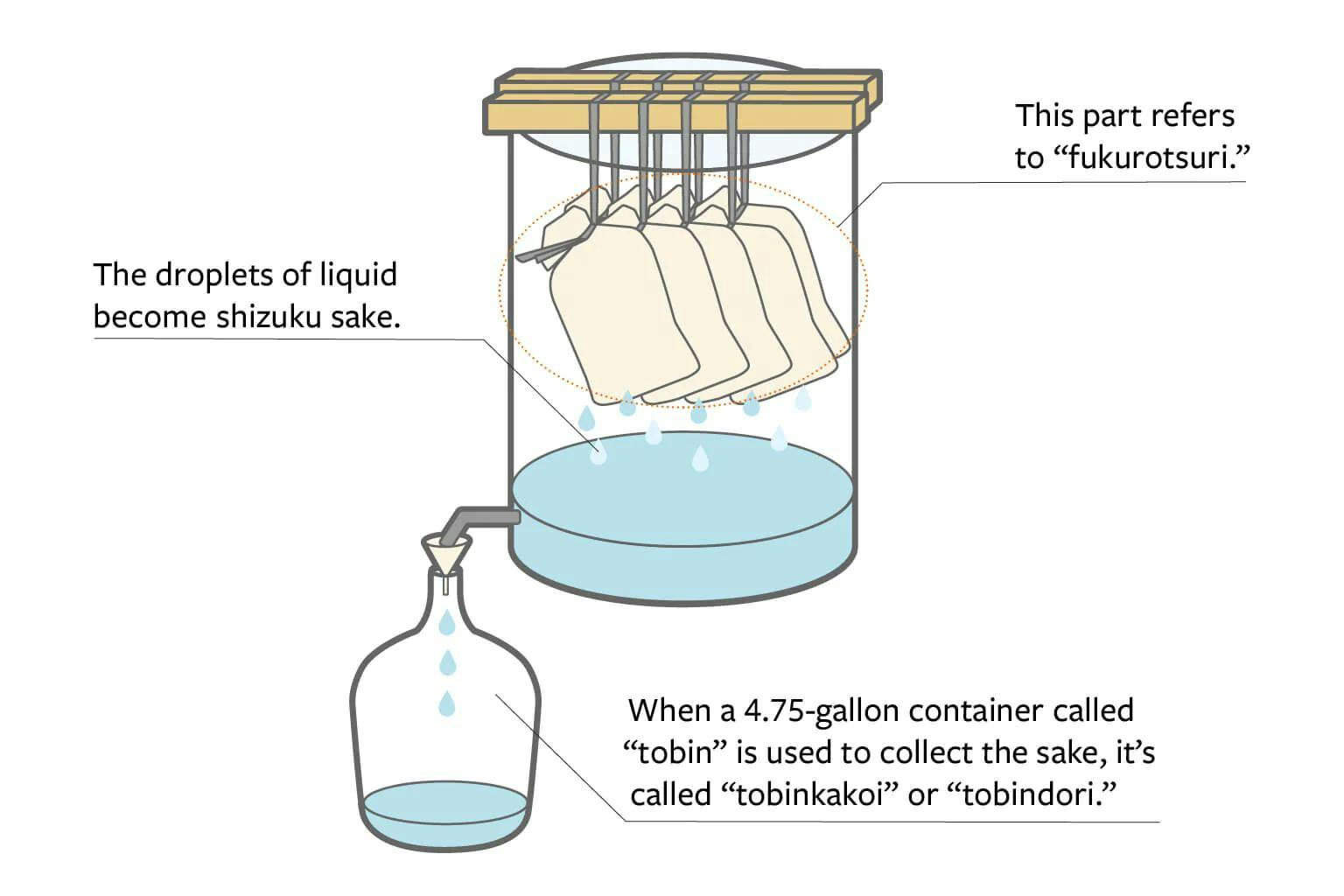
Fukurotsuri, shizuku sake and tobinkakoi all point to parts of this special pressing process. For more information about the craft of sake in general, head over to our Sake Guide.
This method, which is called fukurotsuri, produces outstanding sake. But it’s inefficient to make and can only be made in small batches, so shizuku is mostly for sake competitions. A tiny amount does get bottled and sold to the public, though, but it’s never cheap.
How shizuku is made
Pressing sake is required to remove the liquid from the rice solids. Most of the time, this is done with an efficient automatic press called a “yabuta.” Occasionally, the brewery will use a smaller, traditional “fune” press instead. These smaller presses require more labor but can produce excellent sake. Both of these methods apply pressure to squeeze out the liquid.
But shizuku is made without a press or applying any pressure. Cloth or synthetic bags are filled with fresh moromi, then tied with rope and hung up over a tank or large bottle. This “hanging bag” method is where the term fukurotsuri comes from, as well as the brewer’s slang “kubi tsuri” (hung by the neck).
Only the sake that drips freely is collected to make shizuku — and it’s a small amount. Most of the sake remains in the bags, and collecting it requires pressing. This sake won’t be wasted, it will go into other bottlings but pressing bags is an extra step requiring more effort. Once all the liquid is squeezed out, the rice solids, called “kasu,” must be removed and the bags washed thoroughly.
The whole process of filling the bags and collecting the sake takes about eight hours, and it has to be done as quickly and efficiently as possible. The longer the sake sits in a tank, the more susceptible it is to oxidation, which would ruin all the hard work.
With so much effort involved compared to other pressing methods, it’s easy to see why shizuku sake is rare and expensive. But brewers are still willing to produce it because the results are stunning.
Tasting shizuku
Shizuku is a refined and complex type of sake, typically with a light or medium body. It’s usually fragrant with a very soft texture. Shizuku sake is also well known for its smooth finish. Deeply fruity and floral tasting notes are common as well. Few will show any bitterness, and acidity levels are typically low. These characteristics are common for shizuku because they’re nearly always daiginjo or junmai daiginjo-grade sake. (These two premium grades already require lots of hands-on brewing, so it just makes sense to use them for shizuku.)
So shizuku is a fragrant, fruity, clean and sophisticated style. Let’s discuss some service tips and pairing suggestions that match these traits.
Service and pairing tips
In general, fruity and fragrant sake tastes best when chilled. This is especially true of shizuku. (Learn more about How to Drink Sake with the Right Sake Cup here.)
And if there was ever a sake to drink from a wine glass, this is it. The large bowl and headspace hold and amplify the aroma; the wide mouth spreads the sake across the palate, maximizing flavor intensity and complexity. Small cups like “ochoko” are OK too, but the sake will smell and taste more delicate and simple.
Regardless of what type of vessel you choose, enjoying a meal with your sake can elevate your experience. Raw oysters, fried fish and seafood, tofu and salads make great companions, but shizuku is particularly suited to “nigiri,” which is sushi rice typically topped with slices of raw fish, and sashimi. This is the ultimate “omakase” sake.
And if you really want to enjoy shizuku, make sure to do so with friends!
Recommended Shizuku Sake
Let’s look at a few famous brands. Like all shizuku sake, they are made in small batches and have a limited supply. For this reason, they sometimes rotate in and out of stock.
Toko “Ultraluxe” and “Divine Droplets”
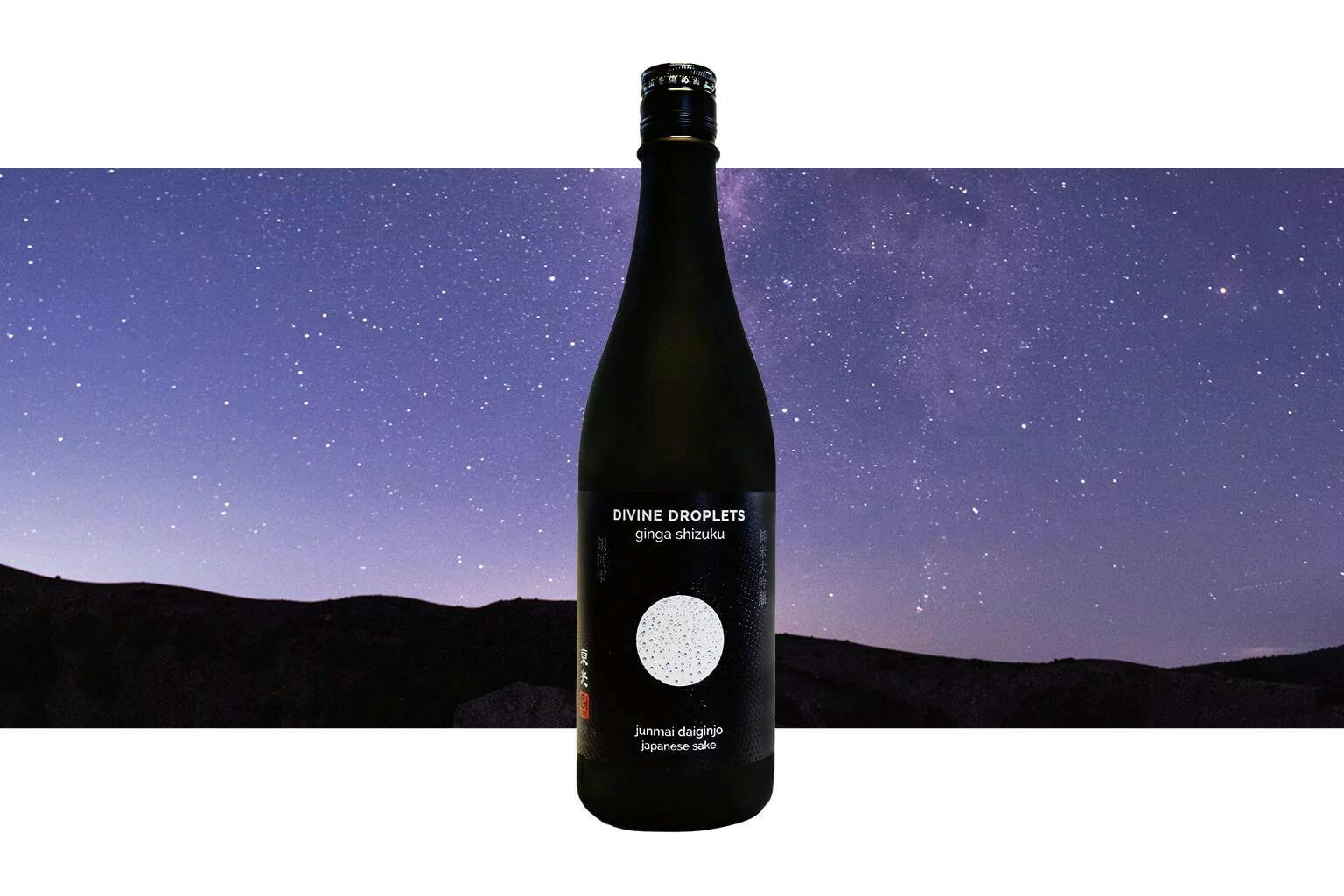
Toko is a popular brand produced by Kojima Sohonten of Yamagata prefecture. This venerable brewery was founded in 1597 on the snowy slopes of Mount Azuma. They produce a variety of fruit-driven, complex sake, and a respectable number of them are shizuku.
The most iconic of their fukurotsuri brands is Toko “Ultraluxe.” This sake is highly fragrant and floral with juicy fruit flavors. It has one of the softest and cleanest finishes you’ll find. It’s essentially a competition-grade sake, so it’s perfect for celebrations and special meals.
Toko “Divine Droplets” is a more affordable sibling to “Ultraluxe,” but it’s still a high-end sake worthy of special occasions. “Divine Droplets” is also fruity and aromatic, Mixing in some spicy notes with hints of steamed rice.
Asabiraki “Kyokusen”
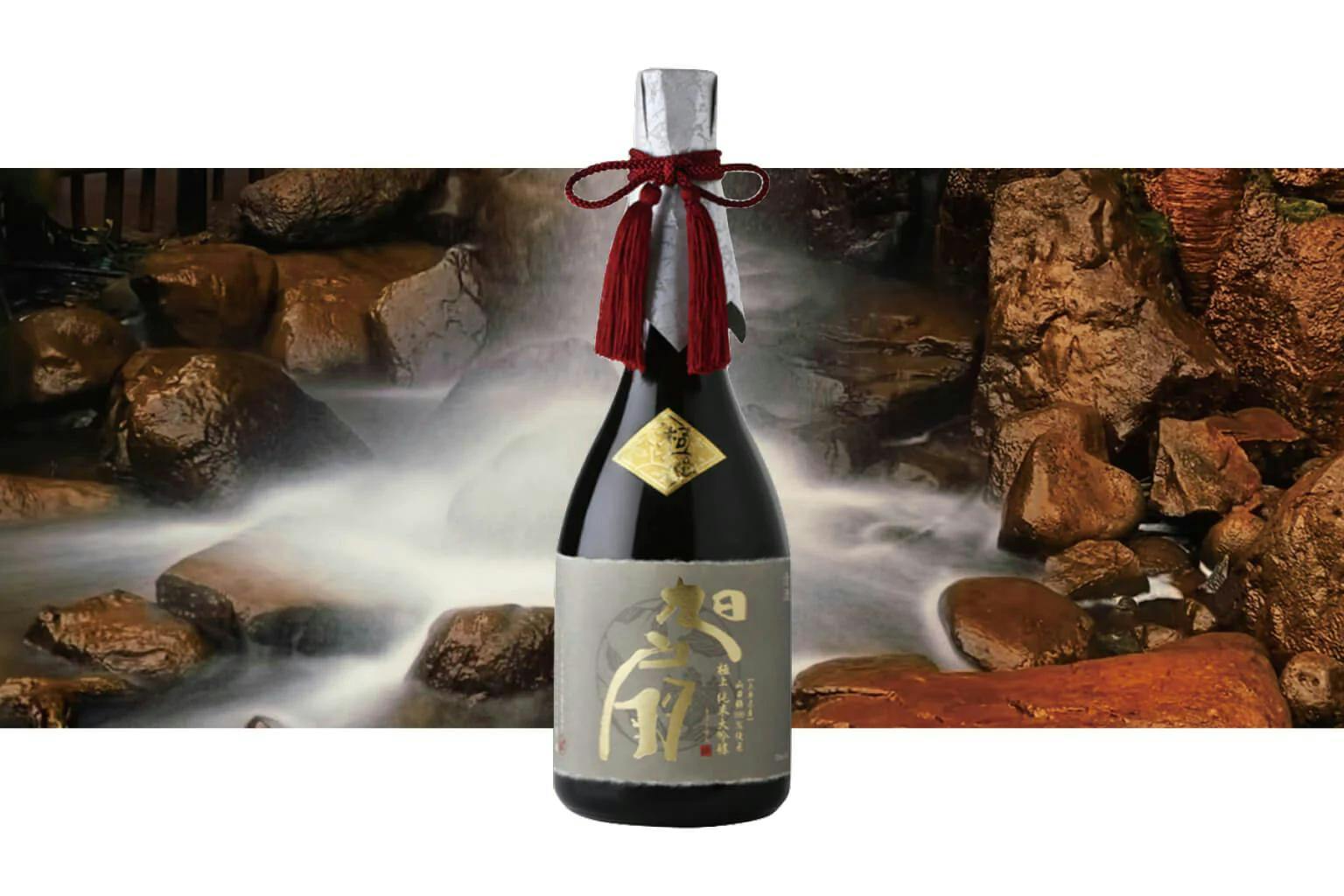
Asabiraki of Iwate prefecture is a much newer brewery than Kojima Sohonten, but they’re just as well respected. Their sake tend to have a lot of character, a balance of fruity and savory notes and a lighter body.
Asabiraki “Kyokusen” is one of their crown jewels. It’s brewed with highly polished Yamadanishiki rice and the fukurotsuri method. The result is an aromatic, smooth and complex sake.
“Kyokusen” stays true to Asabiraki’s house style: It’s soft-textured and blends lots of fresh flower and fruit notes with ricey umami and a minty character. The deeper you dive into this sake, the more layers you’ll find.
Shichi Hon Yari “Shizuku” Silent Samurai
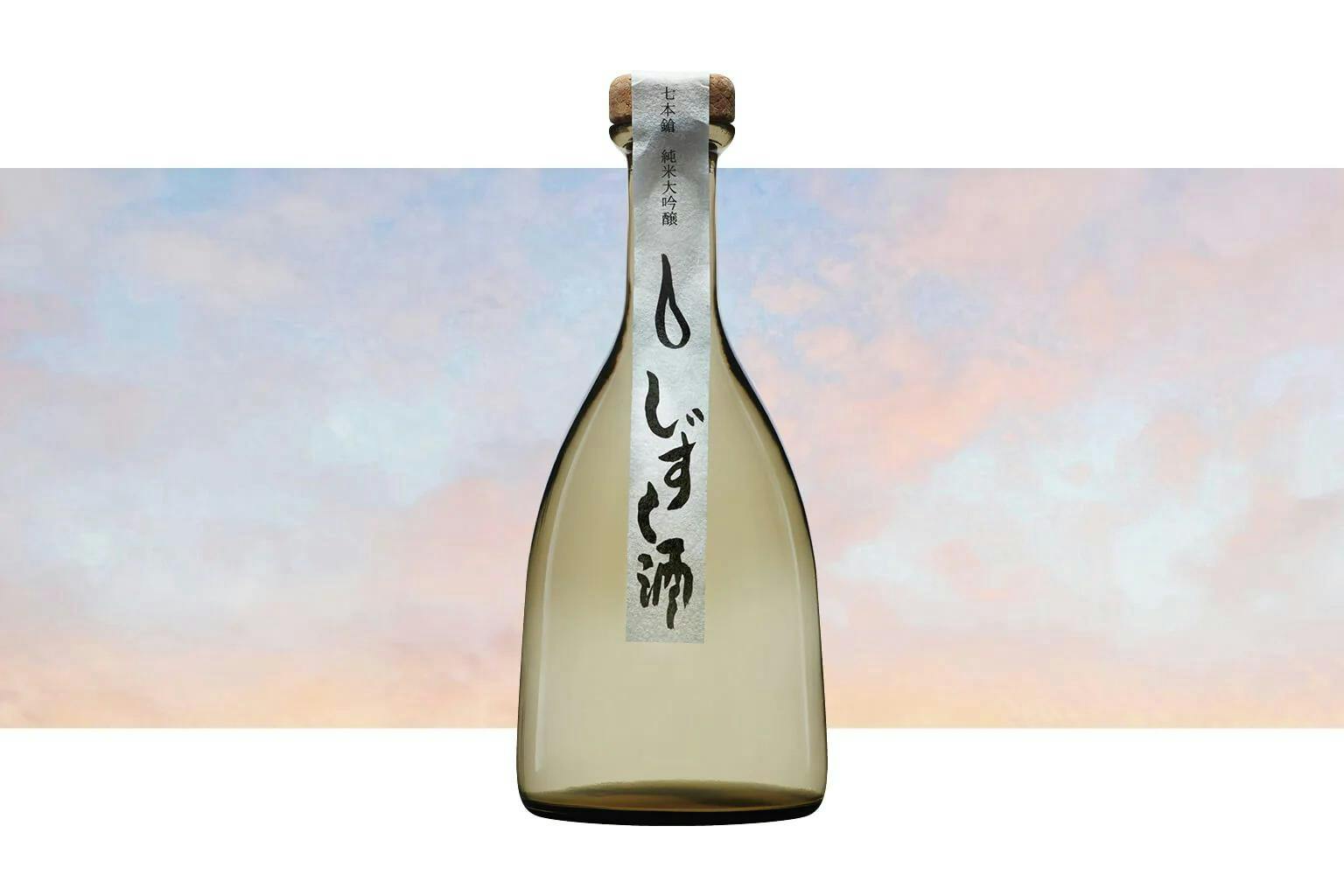
I remember exactly where I was when I first tasted Shichi Hon Yari “Shizuku” Silent Samurai. It was so unique and complex. No sake has ever made a bigger impression on me.
And I’m not alone. This hard-to-get 500ml bottle is one of the most famous shizuku sake ever made. Even though Tomita Brewing Company makes it every year, it sells out fast.
Shichi Hon Yari has a unique and enchanting fragrance. It’s almost like “dashi” (a stock made of bonito flakes and kelp)! Smoky, mushroomy and mineral notes are not common in premium junmai daiginjo, but this is Shichi Hon Yari’s style, and it works really well. Grapefruit and melon notes blend seamlessly into this savory profile for added complexity.

Brad Smith
Brad is a Japanese food and beverage blogger and a huge fan of sake. He has over 12 years of experience working in Japanese restaurants. Along the way, Brad became a Certified Sommelier and acquired professional certifications in sake, shochu, beer and Western spirits. In 2014 he was a semi-finalist at the fourth World Kikisake-shi Competition in Tokyo. When he’s not blogging, you’ll probably find him fly fishing. Visit The Japanese Bar.
Learn about Tippsy’s Editorial process
Recent posts
All about sake
Sign up to receive special offers and sake inspiration!
